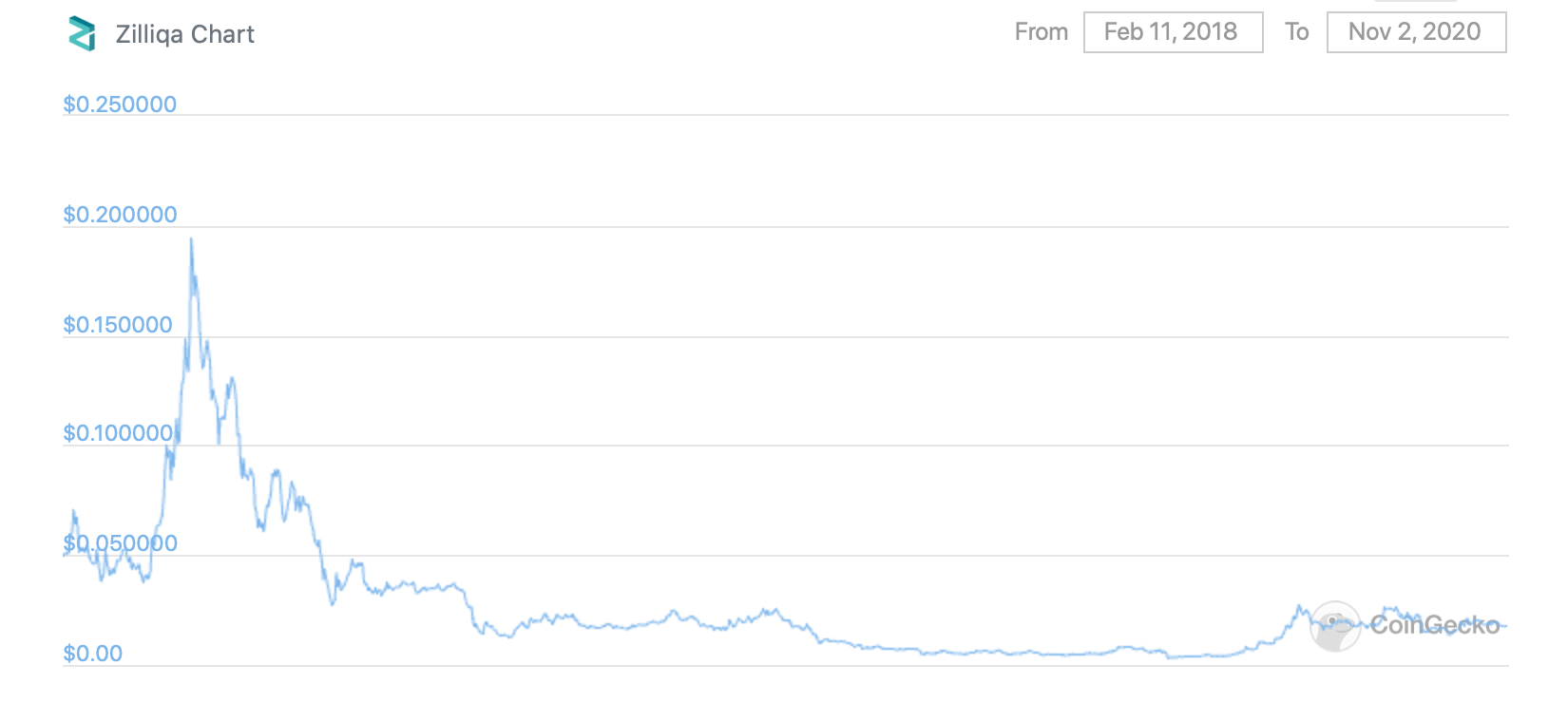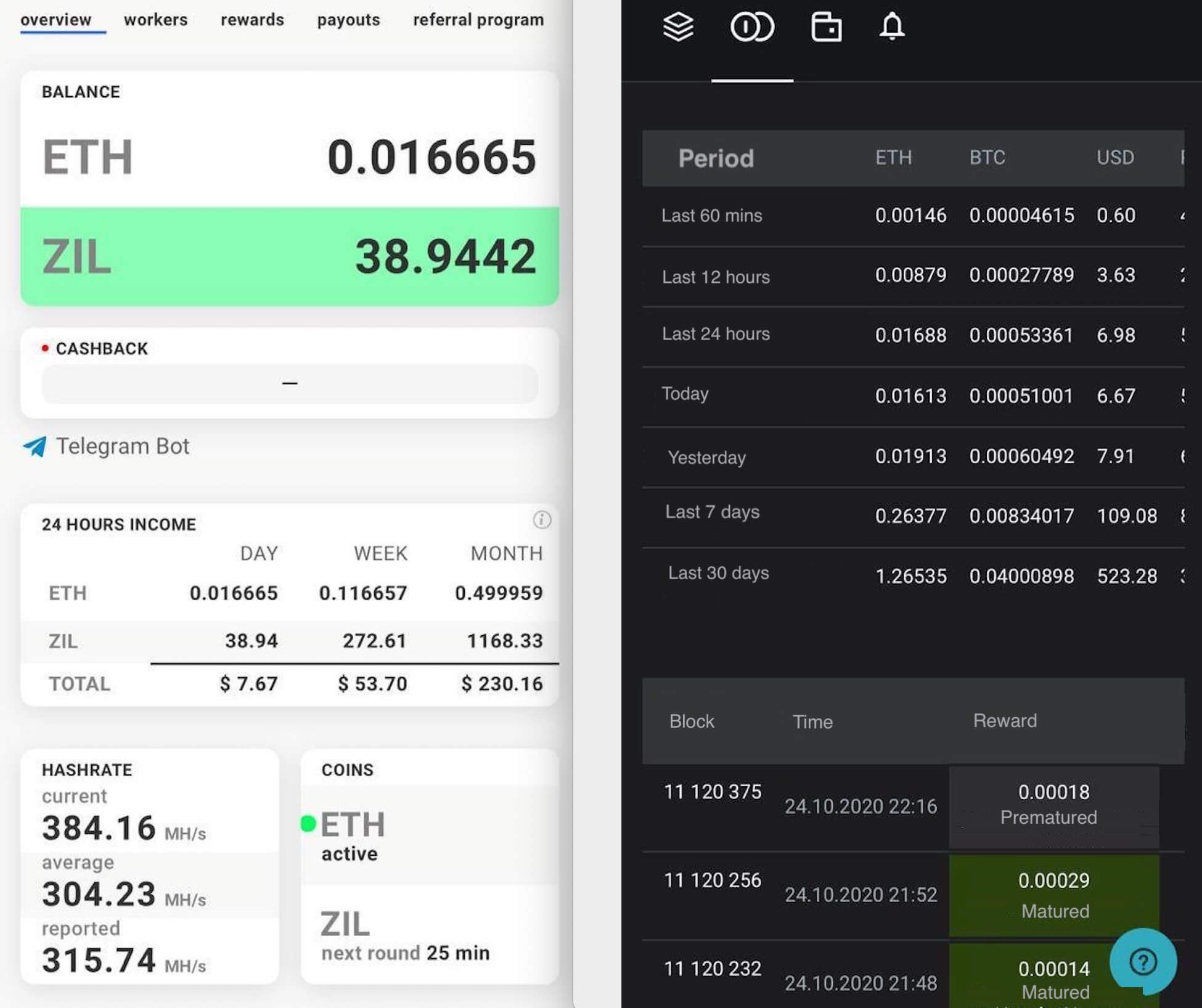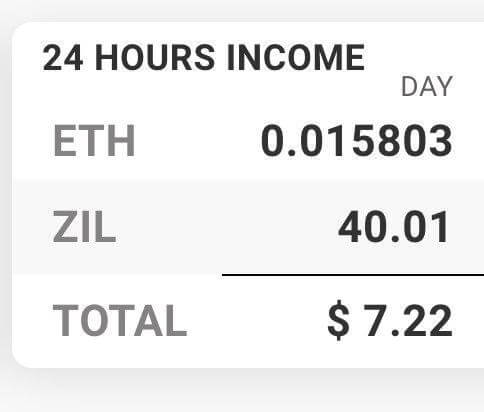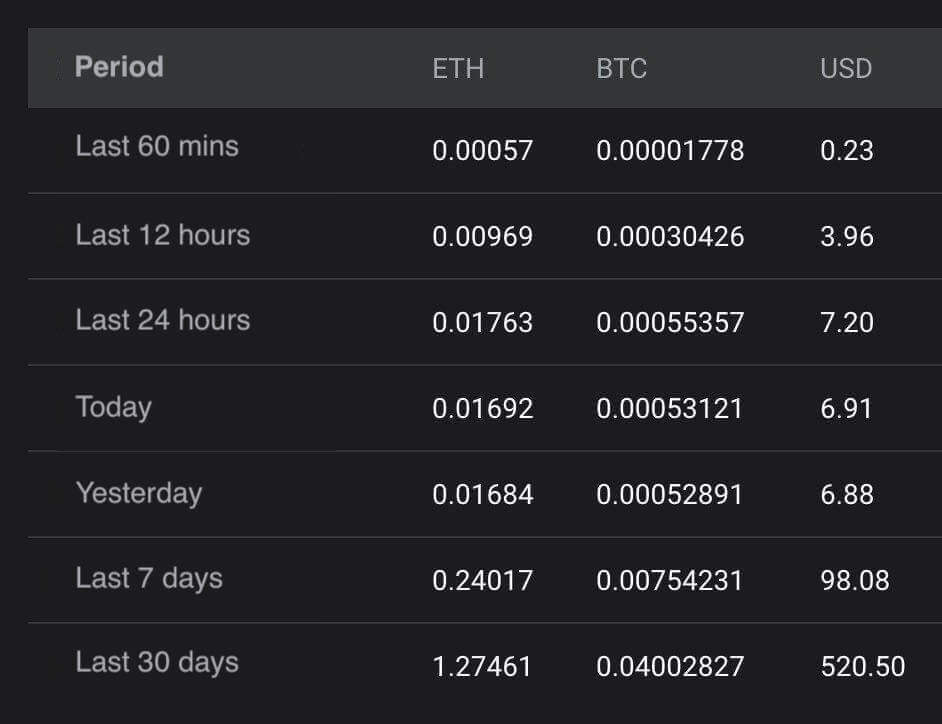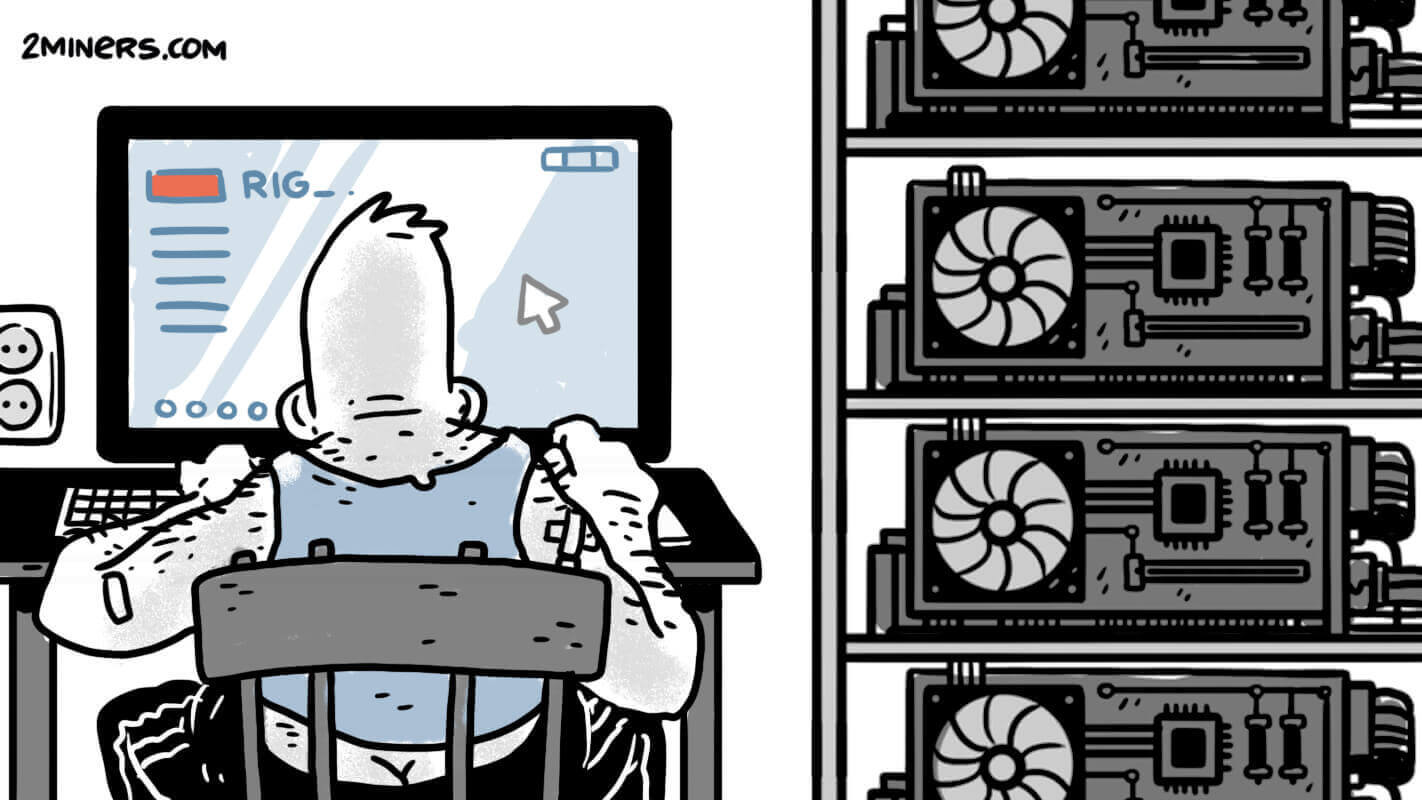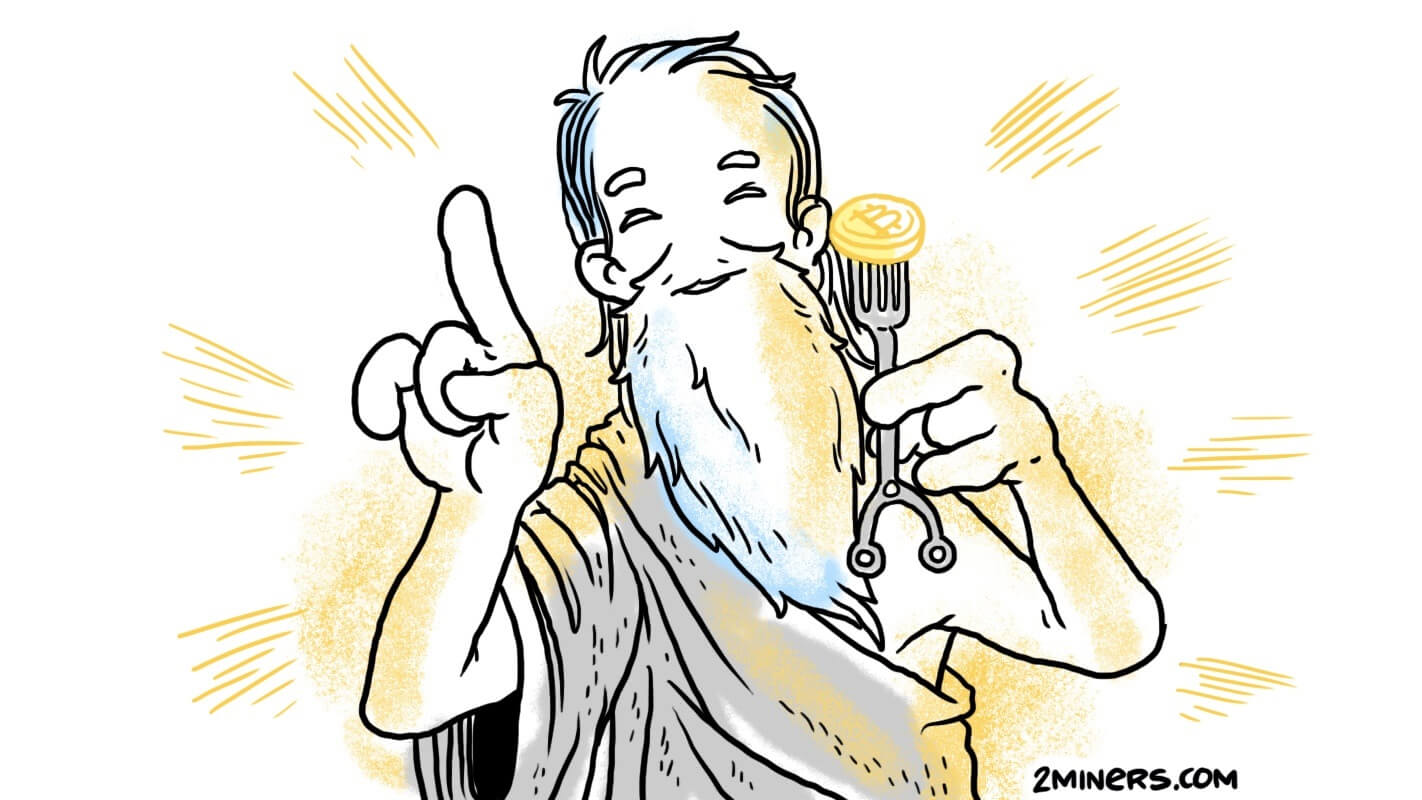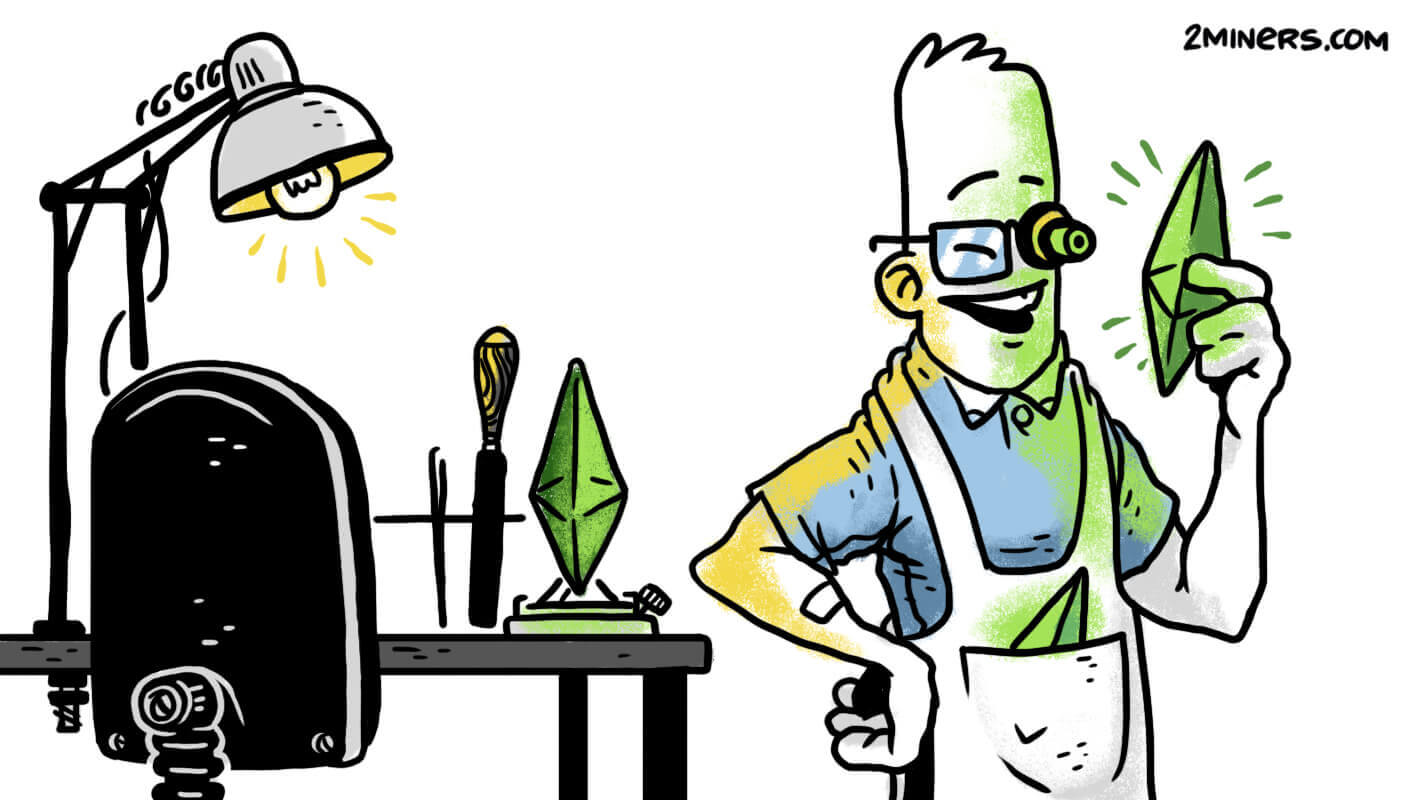What Is Zilliqa ZIL?
Zilliqa is a blockchain project from the National University of Singapore. They describe themselves as silicon-smooth, speedy and cost-effective. Their goal is to catalyse and transform digital infrastructure across all global communities and industries. So they created “a scalable and secure platform for developers and enterprises who wish to build decentralised applications.”
CoinGecko has been listing Zilliqa ZIL native token since February 2018 when the 2017 bull run fully ended. Despite the cryptocurrency market decline, the project survived and launched the mainnet in January 2019. Here is ZIL lifetime exchange rates.
The exchange rate is $0.018, which is 92% lower than the peak price of $0.23 on May 10, 2018. Market cap is $201 million, while 24-hour trading volume is over $23 million.
- The project features sharding that allows to scale and operate speedily, safe-by-design smart contract language called Scilla, and staking with a 28% annual interest rate (as of now).
- Zilliqa also supports “eco-friendly dual mining.” ZIL mining requires only 1 minute out of every 2-3 hours, allowing you to dual-mine other chains at the same time. So the ecological footprint of ZIL mining is supposedly minimal (in theory).
Pools with dual-mining allegedly support offer a 10% advantage in profitability if you dual-mine. They invite miners to transfer their power thus earning more and helping the environment. That’s exactly what we were testing, dual-mining profitability.
What is Dual Mining?
As you might guess from the name, dual mining means mining two cryptocurrencies at the same time, one of which is Ethereum. For example, you can mine ETH with Decred, Siacoin, Pascal, or Lbry. GPU load is higher, but so are the earnings.
Dual mining was extremely popular in 2017 when mining was bringing unbelievably high profits. Today it’s less popular, but some projects still support it.
Zilliqa points out its three main advantages:
- Eco-friendliness. You can mine for.a short period of time to reduce energy consumption thus contributing to the green future.
- Dual mining support. It’s enough to mine ZIL for only 1 minute out of every 2-3 hours. Expenses will remain at the same level.
- Fair token distribution. Miners get rewards for their contribution to the number of valid signatures, which makes the coin distribution more straightforward.
This is going to help miners earn more. However, ZIL mining advantages sound like a smart marketing move. That’s why we decided to test it.
Conditions of the 2Miners Mining Experiment
The goal is to find out whether ZIL dual mining is really more profitable than Ethereum mining or just a strategy to attract new users.
We chose to test ezil mining (ETH and Zilliqa) and Ethereum mining. We were mining in Ezil and 2Miners pools respectively and used two identical rigs with 9 Nvidia P104-100 graphics cards. They were operating under the same conditions, so we just had to observe and make conclusions. The test lasted two days.
The 2Miners pool conducts interesting experiments all the time. Last time we tested different miners to find a substitute for Claymore that will soon stop mining Ethereum. More about the experiment is in the dedicated article.
We recorded mining results after the first day. ETH+ZIL mining brought us 0.016665 ETH and 38.9442 ZIL. Ethereum mining in the 2Miners pool brought us 0.01688 ETH.
As we know, ZIL costs less than $0.02. So even if 39 coins may seem like a lot, they don’t affect profitability.
Note that Ethereum mining luck after the first day was 115%. So in more suitable circumstances, the profit in the 2Miners pool may have been 15% higher amounting to 0.01941 ETH instead of 0.01688 ETH. So “pure” ETH mining is more profitable.
To maintain the accuracy of the experiment, we swapped rigs on the second day. So the rig that mined ETH+ZIL started mining Ethereum, while the other one took its place.
On the second day, dual mining brought 0.015803 ETH and 40.01 ZIL.
Mining in the 2Miners pool brought 0.01763 ETH.
Luck on the second day was 104%, so the profit may have easily reached 0.01833 ETH. So one-coin mining proved to be more profitable one more time.
Today, dual mining is not so efficient as it was three years ago. Mining two cryptocurrencies don’t give you any financial benefits and don’t bring you extra 10% mentioned in the promotion.
Also, remember that you have to make additional transactions in case of dual mining. Mining to the wallet on the crypto exchange in theory should save you money on transactions from your own wallet to the exchange, but you have to pay an additional fee for order execution when you sell ZIL.
We believe that dual mining is not worth the effort nowadays. ETH mining in the 2Miners pool is much easier and more profitable. Plus, ETH regularly gets to the top of the 2CryptoCalc profitability ranking. This year Ethereum is going to activate Phase 0 of ETH 2.0 which is the biggest event in the ETH history. This may affect its exchange rate.
Note that you can still mine ETH with GPUs after Phase 0 is activated. Ethereum will start switching to Proof-of-Stake, but in the meantime different cryptocurrency versions will work through a so-called bridge. So you have nothing to worry about and plenty of time to mine ETH.
If your 4GB GPUs stop mining Ether, make sure to read this article.
Remember to follow us on Twitter to get all the news as soon as possible.
